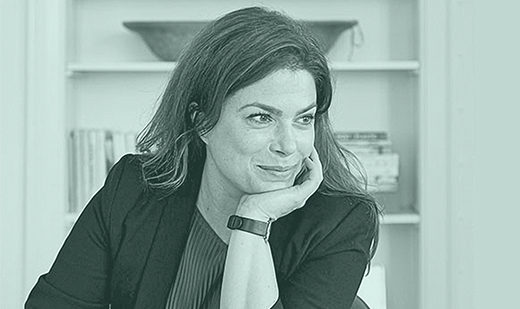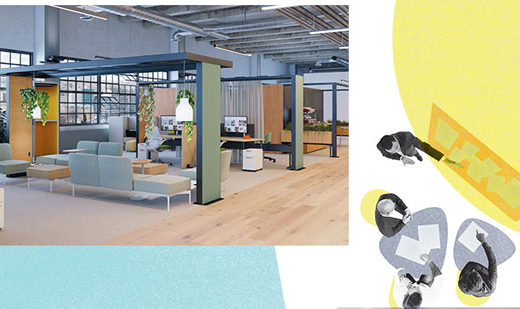What is Hip-Hop Architecture?
Hip-Hop Architecture, in its simplest definition, is hiphop culture in built form. It starts with the idea that there is a broader culture of hip-hop beyond music. The core of that culture has been expressed through a variety of creative outlets—music, dance, theatre, art, fashion, literature. Architecture and design are natural offshoots of that continuum.
What are some of its features?
There are commonalities in material usage—people who are heavily focused on reclaiming materials or repurposing materials, or using materials in ways that they weren’t meant to be used, elements like sampling, mixing or remixing. Also, spaces that are disorienting or that reorient your perspective—that allow you to see something from a different angle. If you think about graffiti, or B-boying, breakdancing, there’s always a kind of off kilter, against-the-grid lean to it. We see things that are breaking the grid, but then these patterns show up and create formal elements that can be aligned with each other. None of these features individually define Hip-Hop Architecture. Each project must first have an authentic connection to the hip-hop cultural identity.
What’s your view of the relationship between architecture, design and community?
The built environment is the ultimate expression of community. How we think, what we value, our cultural imperatives, all of these are reflected in our buildings, our streets, our public spaces. Architecture as a discipline has historically been in opposition to this; reflecting the idea that a singular man—usually a white man—is responsible for creating the entire built environment.
I think Hip-Hop Architecture starts with the premise of breaking down the idea of the hero architect. Community and culture are built by people that are collectively looking out for their entire community. That at its core—people can collectively create. Through improvisation. Through spontaneous freestyle sessions. Everyone can have a role to play in creating a work of architecture.
Do you think that our relationship to space might change given the amount of time we spend at home now?
What I am seeing is more thought about what kinds of states of mind we need to have in order to reach our full potential, regardless of what we’re doing, and how do we create those in hyper-local ways within spaces. By that I mean, we have this real need to find ways to take a break and restore ourselves, often in the same space where school, work and the messiness of life are happening.
How does your work as an academic inform your work as an architect, and vice versa?
These days the two worlds are very closely aligned, almost interchangeable. Hip-Hop Architecture has expanded beyond my research and teaching, and has now become an integral part of my design practice. The work I did for the 2021 MoMA exhibition Reconstructions: Architecture and Blackness in America is a prototype for Hip-Hop architectural practice. I’m also working on two competitions and two commissions that explore different aspects of Hip-Hop design processes. Those projects, when realized, will reflexively affect my research. And the cycle continues.
What message do you have for BIPOC design and architecture students?
I think, the most important thing for them to learn and, actually also for us to be teaching, is that their identity and their cultural understanding of the world is valid and valued. That there is room for them to express their cultural identity in the built environment, even if they’ve never seen it before, even if it’s not something that’s ever happened before.
Sekou Cooke is Assistant Professor at Syracuse University’s School of Architecture. His book Hip- Hop Architecture will be released by Bloomsbury Publishers in April 2021.
More to Read
This story is from Knoll Works—our annual publication showcasing how our constellation of brands and planning capabilities create inspiring workspaces.




















